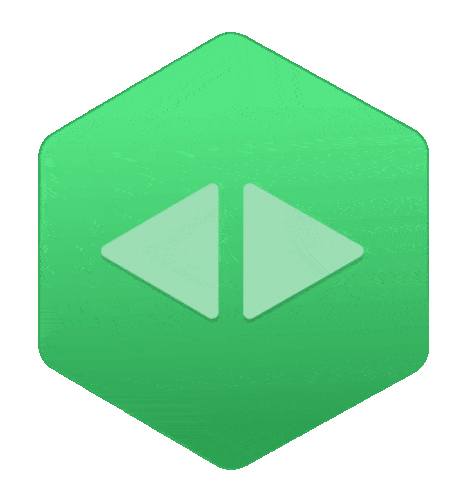
5 Most Popular Apps Using Python as Programming Language
Have you heard of Python? No no! Not the snake that most of us have seen on Discovery or National Geographic Channel in your childhood days. We are asking you about Python – the PROGRAMMING LANGUAGE. Even if you are not into the software industry, you might have heard of it. Created by Guido van Rossum in the year 1991, Python is one of the most preferred programming languages when it comes to web development. It not just used by startups but also by some of the biggest tech giants all across the globe. So, here is a list of 5 most popular apps built using Python as programming language.
Netflix

Netflix
Does anyone really need its introduction? With more than 150 million active subscribers in over 40 countries, Netflix is currently one of the leading internet television networks in the world. Do you still have a doubt about its popularity? Well, in just a span of ten years, the company has grown its revenue from 1.36 billion to around 15.8 billion dollars. If the facts are to be believed, it is said that 37% of internet users on the planet uses Netflix.
Also Read: Why Data Science is the Key to Future?
Uber

Uber
Uber is one of the most popular apps built using Python as programming language. It is a cab-hailing service that is also into peer-to-peer ridesharing, food delivery and bicycle-sharing among many of the services offered is built using Python. With the Uber app in your mobile, you can book either a private or shared car in less than a few minutes. But, will you believe that Uber completes 14 million rides every day and has already completed more than 10 billion rides so far.
As per Uber engineers, they have earlier started their development on NodeJS for the marketplace and Python for all other development needs. And, these two programming languages still fuel most of the services Uber runs today.

Yes, you read it right. Instagram is also one of them in the list of most popular apps built using Python as programming language. It is a social networking platform where users can upload as well as take images and video, edit them with the great set of available filters and share them on their Instagram feed. This unique platform has over 500 million daily and 1 billion monthly active users. Instagram uses the Django web framework that is written in Python making it one of the most popular apps built using Python as programming language.
Quora

Quora
Do you have a question? Get its answer here at Quora. It is a question-answer based online platform where you can ask questions, be it technical or related to life, and can get relevant answers directly from individuals. While asking to its CEO and Co-founder Adam D’Angelo on the same platform, he said, “We decided that Python was fast enough for most of what we need to do. We also had a lot of confidence that Python would continue to evolve in a direction that would be good for the life of our codebase, having watched it evolve over the last 5 years.” This makes Quora one of the most popular apps built using Python as programming language.
Also Read: Why Laravel is the Best PHP Framework in 2020?
Spotify

Spotify
With over 75 billion paid subscribers worldwide, Spotify makes in our list of most popular apps built using Python. It is a music streaming platform that gives access to countless music and video songs with almost no buffering delay. The prime focus of Spotify was on speed and a programming language like Python had made sure that it proves true to its worth. Spotify engineer, Geoff van der Meer explains, “Spotify’s backend consists of many interdependent services, connected by [its] own messaging protocol over ZeroMQ. Around 80% of these services are written in Python.”





 +91 120-4959818
+91 120-4959818







